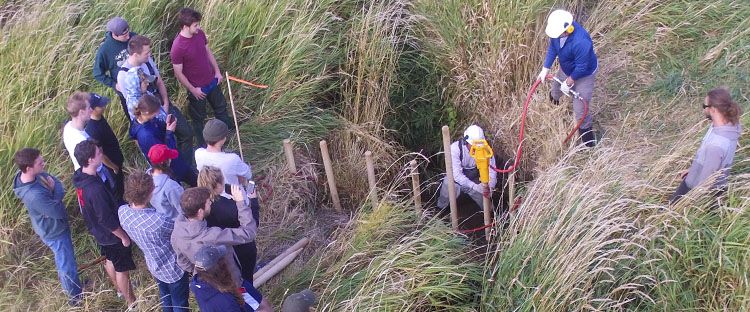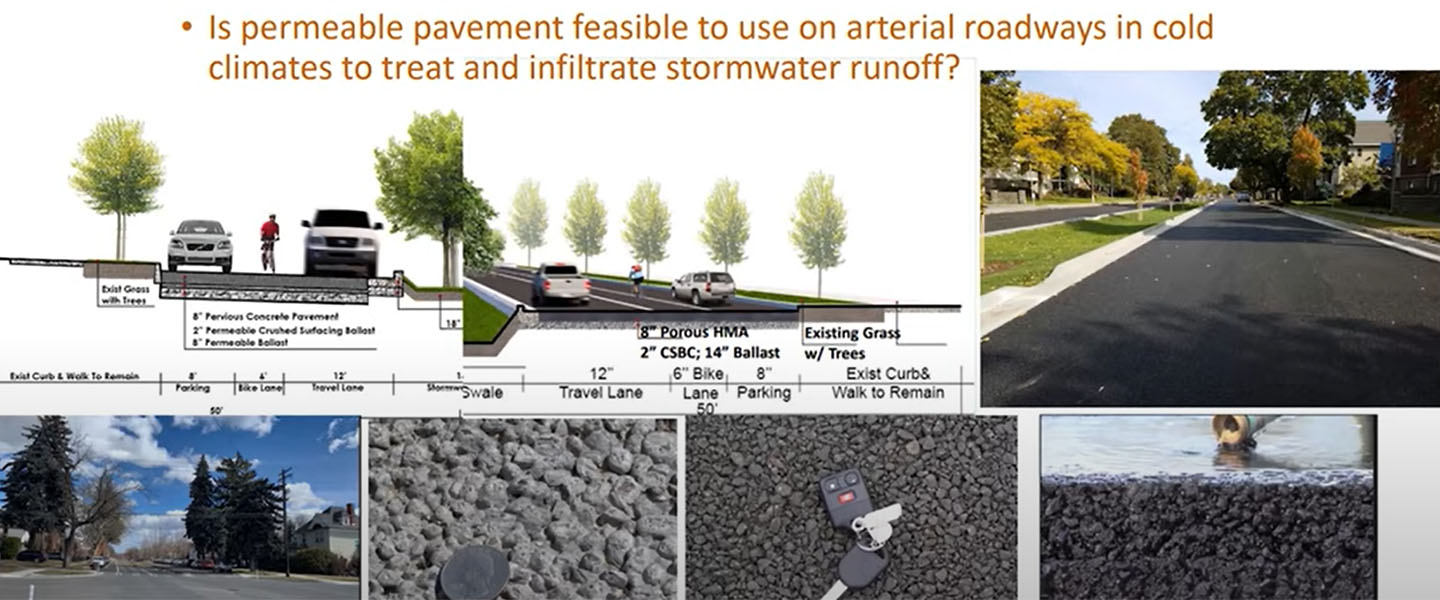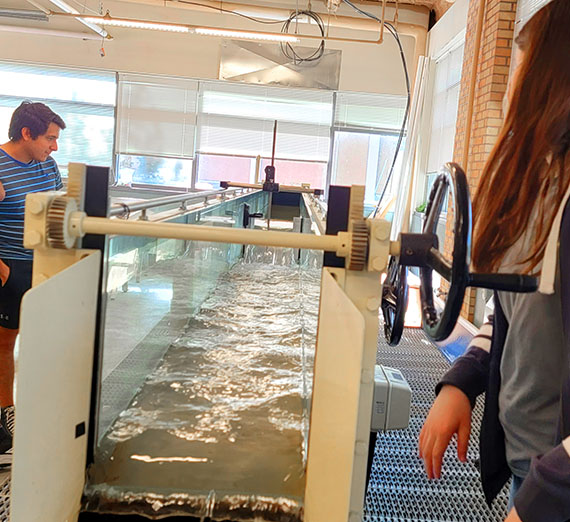
As a Gonzaga watershed resources engineering student, you might:
- Design a water distribution system that sends pressurized clean and reliable water to homes and businesses for consumption while also meeting fire protection needs.
- Perform hydrologic and hydraulic modeling to evaluate the flooding extent of rivers and better design flood control measures to protect surrounding communities.
- Design green infrastructure that preserves and recreates natural landscape features to promote infiltration and manage stormwater runoff where it is generated.
- Explore innovative and sustainable ways to protect watershed health by working with beaver to restore streams, floodplains, wetlands, and riparian ecosystems.
You'll learn how to manage the equipment, facilities, and techniques that manage and preserve this powerful and plentiful resource.

"Dr. Sue shared her passion for stream restoration and got me excited about becoming a water resources engineer."
What Can You Do with Water Resources Engineering?
Engineering consulting firms, government agencies, and non-profit organizations that are responsible for supplying or managing bodies of water all need water resources engineers. Many students get their Professional Engineer (PE) certification and/or pursue a master's degree in water resources engineering.




